

Alongside more rudimentary inspirations such as Picasso, Bauhaus or Brutalism, British menswear designer Craig Green’s inspirations have included camping equipment, food packaging, religious uniform, birds, weathervanes, the afterlife, and exercise machines. Where fashion is fast – occasionally too fast – Craig’s more interested in ideas that can stand the test of time. Writer and editor Seb Emina speaks to Craig about the 3D objects that have inspired and subsequently immortalised his clothing.
Photography by Amy Gwatkin.
“When I was young I was surrounded by people that made things,” says the British fashion designer Craig Green. “My godfather’s an upholsterer and I used to help him to earn money after school and on weekends.” The 34-year-old is famous for clothes that subvert and warp what we mean when we use the word functional, and his mind-bending catwalk presentations have been known to make audiences cry.
Craig is described by Vogue as “a down-to-earth guy with a brilliant mind.” In conversation he is warm, thoughtful and unassuming with no hint of the colossal ego he could so easily have acquired in what is hardly a low-ego industry. He was named Menswear Designer of the Year at the British Fashion Awards in 2016, 2017, and 2018. His clothes are often seen on celebrities: Rihanna, Robert Pattinson, Jay-Z have all been known to wear CRAIG GREEN. But his collections tend to be commercial hits as well, being wearable in more quotidien settings than arena stages and magazine covers.
As reflected in his accent, Craig grew up in London in a place called Colindale, a suburb at the northern end of the Northern Line. He still lives there, all the better to benefit from the grounding effect of family and old friends. His work reconciles the workmanlike appeal of utility and craft (his signature garment, and one his bestsellers, is the workwear jacket) with excess and spectacle. “My uncles are carpenters and bricklayers. My dad’s a plumber. My mum was a Brownies, Guides and Scouts leader so there was always arts and crafts in the house – as well as immersion boilers and plumbing materials.”

Craig’s inspirations have included camping equipment, food packaging, religious uniform, birds, weathervanes, the afterlife, and exercise machines. One realm of influence comes up over and over: contemporary art, particularly sculpture. His work is frequently described as a form of sculpture not only in the metaphorical “your jumper is so sculptural!” sense but also because there are often sculptures actually present at shows, in campaigns, in the world from which the collections seem to spectacularly emerge. CRAIG GREEN pieces have been displayed at the Metropolitan Museum of Art and Gaite Lyrique in Paris. There is even a “Craig Green” page on the architecture and design website Dezeen, and it doesn’t look out of place at all.
This all has a lot to do with (1) Craig’s time as a student at London art college Central Saint Martins and (2) the fact that when he arrived there he had virtually no preconceptions and so none of the disciplinary straitjacketing such preconceptions might bring. “When I went to university I wanted to become a portrait painter or a sculptor,” he says. “I didn’t go to Saint Martins wanting to be a fashion designer, but I was kind of open to different ideas.” After completing the foundation course, Craig enrolled as a fashion BA, despite knowing next to nothing about clothes. It’s a move he describes as essentially a stubborn riposte to institutional discouragement. “They said, ‘if you’ve never tried fashion or had an aspiration to make clothes before, we advise that you don’t apply because it's very oversubscribed.’ And I was a bit defiant because I was like, ‘Well, how do I know if I haven’t tried it? Isn’t that the whole point of being here?’”
He went on to complete an MA, and credits much of his subsequent success to the guidance he received from that course’s head Louise Wilson, the renowned fashion professor whose former students also included Phoebe Philo and Alexander McQueen. “She kind of understood what I was about even if I didn't really understand it myself...I didn't really know where I was heading,” he says. “I just knew what I liked to make and what I liked to do. She encouraged me that I shouldn't worry too much about what other people think, and it's okay to beat your own path, and that can be a strength in the end, which I didn't see at the time.”
During this period he completed a placement in Antwerp with Walter Van Beirendonck, the celebrated and idiosyncratic designer from Belgium who, having graduated from Antwerp’s Royal Academy of Fine Arts in 1980 alongside figures such as Dries van Noten and Ann Demeulemeester, is part of the so-called Antwerp Six. “He's a designer that I respect very much,” says Craig, “because he's never compromised what he wanted to say.”
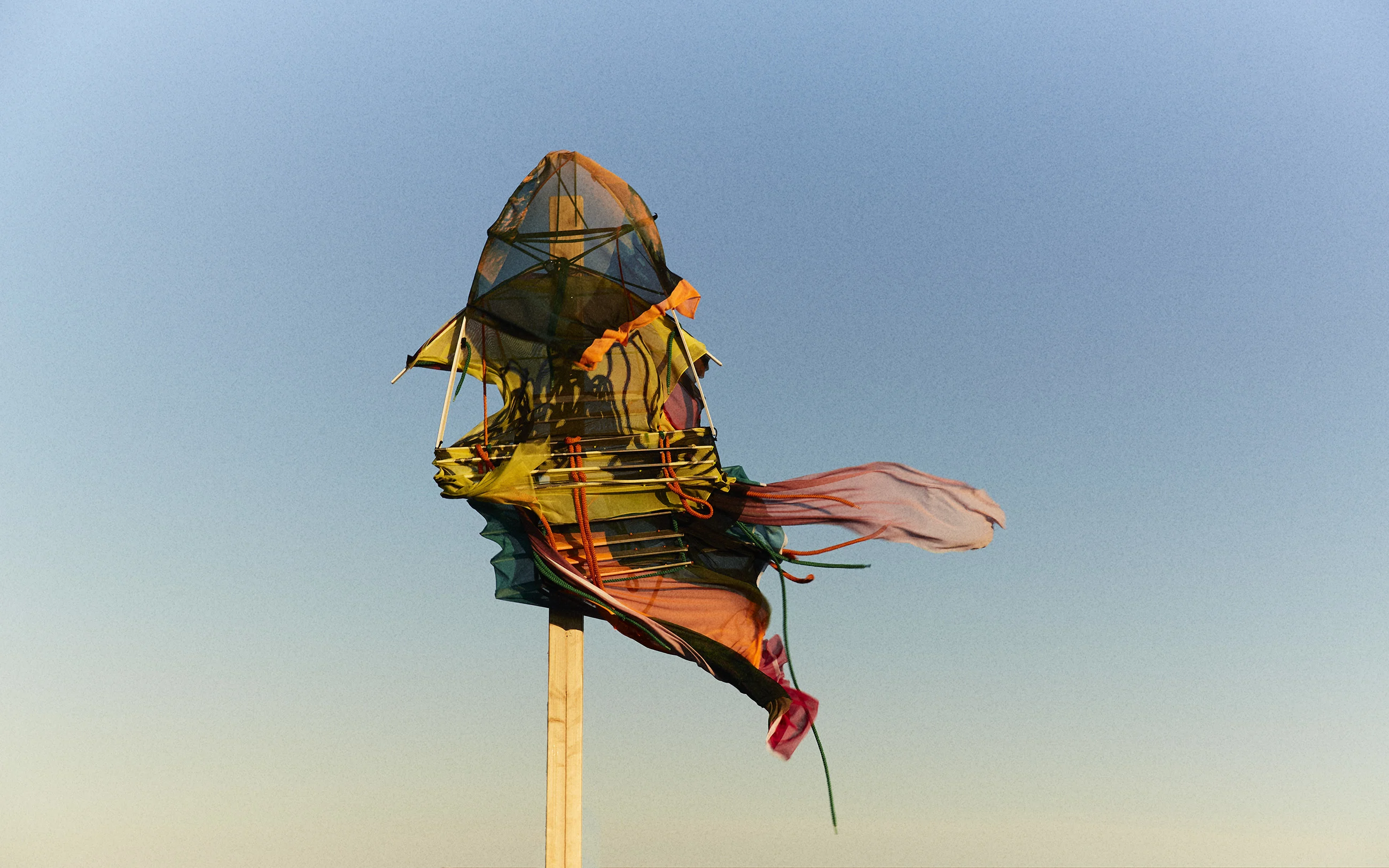
Craig didn’t really go to galleries as a child, and the first truly meaningful encounter with art he recalls was a survey of the work of Peter Fischli & David Weiss, at Tate Modern in 2006. Among the works on display was the Swiss duo’s landmark film The Way Things Go involving mundane objects – bin liners, candles, wheels, balloons – in a surreal choreography largely involving them carrying out the exact function they were intended for.
“I liked that they have an aspect of their work that’s about making something out of nothing or making something ordinary interesting,” he says. “It kind of goes back to the beginning of the brand as well. Because we didn’t have any financial backing or money and we couldn’t really afford materials, it was always about using everyday materials or very immediate things and using textile techniques or crafts to give them value or make them interesting.”
The mythology surrounding the designer’s emergence as one of the most talked-about names in fashion is a lot to do with 2013’s sculptural show involving models marching down the catwalk with an assemblage of wooden planks stuck to their faces like a runway reimagined by David Lynch. The show caused a stir and was perfect for isn’t-fashion-ridiculous-style clickbait (British rightwing tabloid The Daily Mail had a reporter spend a day wandering around London wearing his own “fence face” for a story with the headline “You Can’t Come In Here Dressed Like That, You Plank”). Of course, these weren’t literal outfit suggestions. They were never available to buy and wear. They were a mood, a motif, or, to borrow from the dictionary definition of sculpture, a “three dimensional abstract form.”
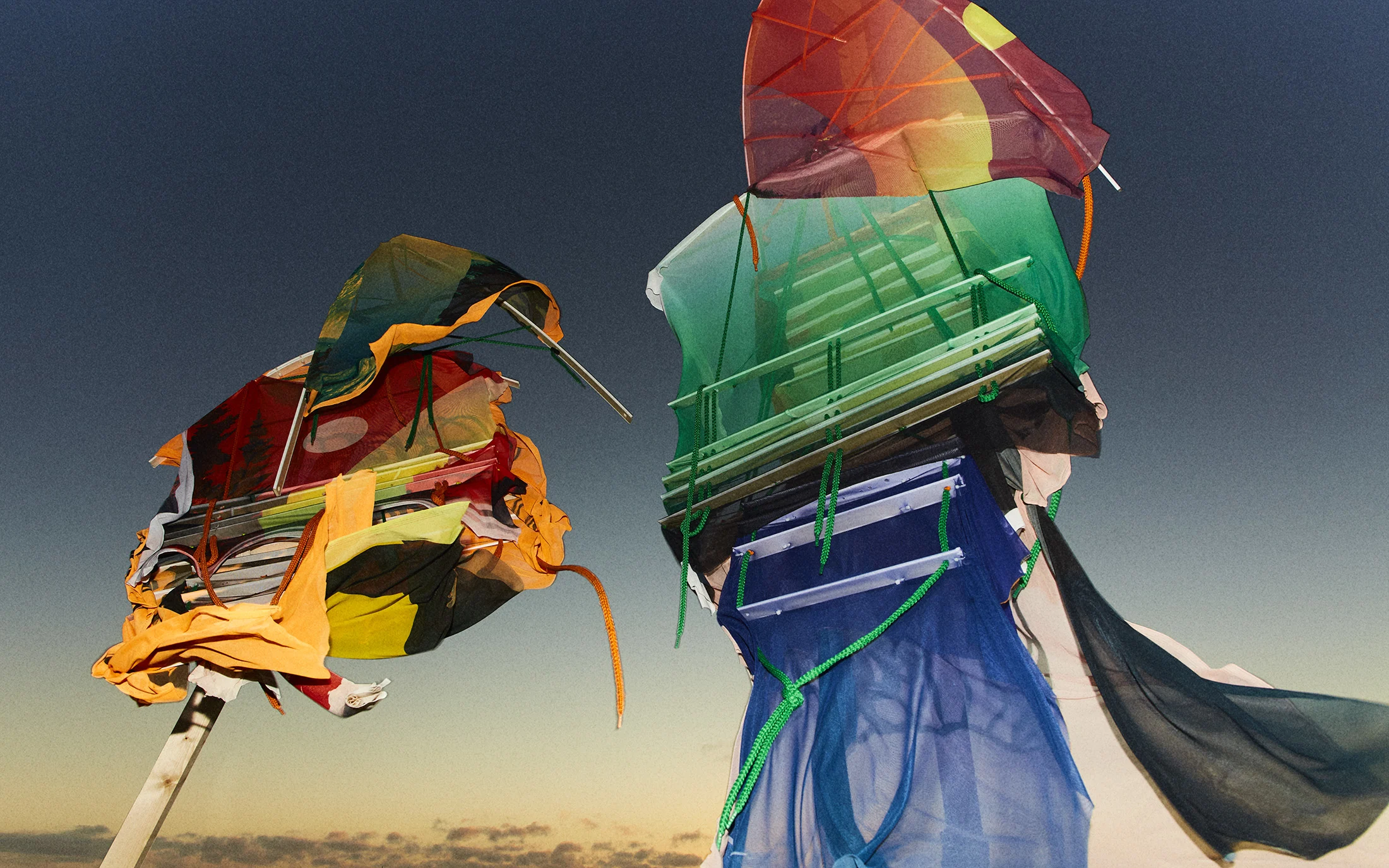
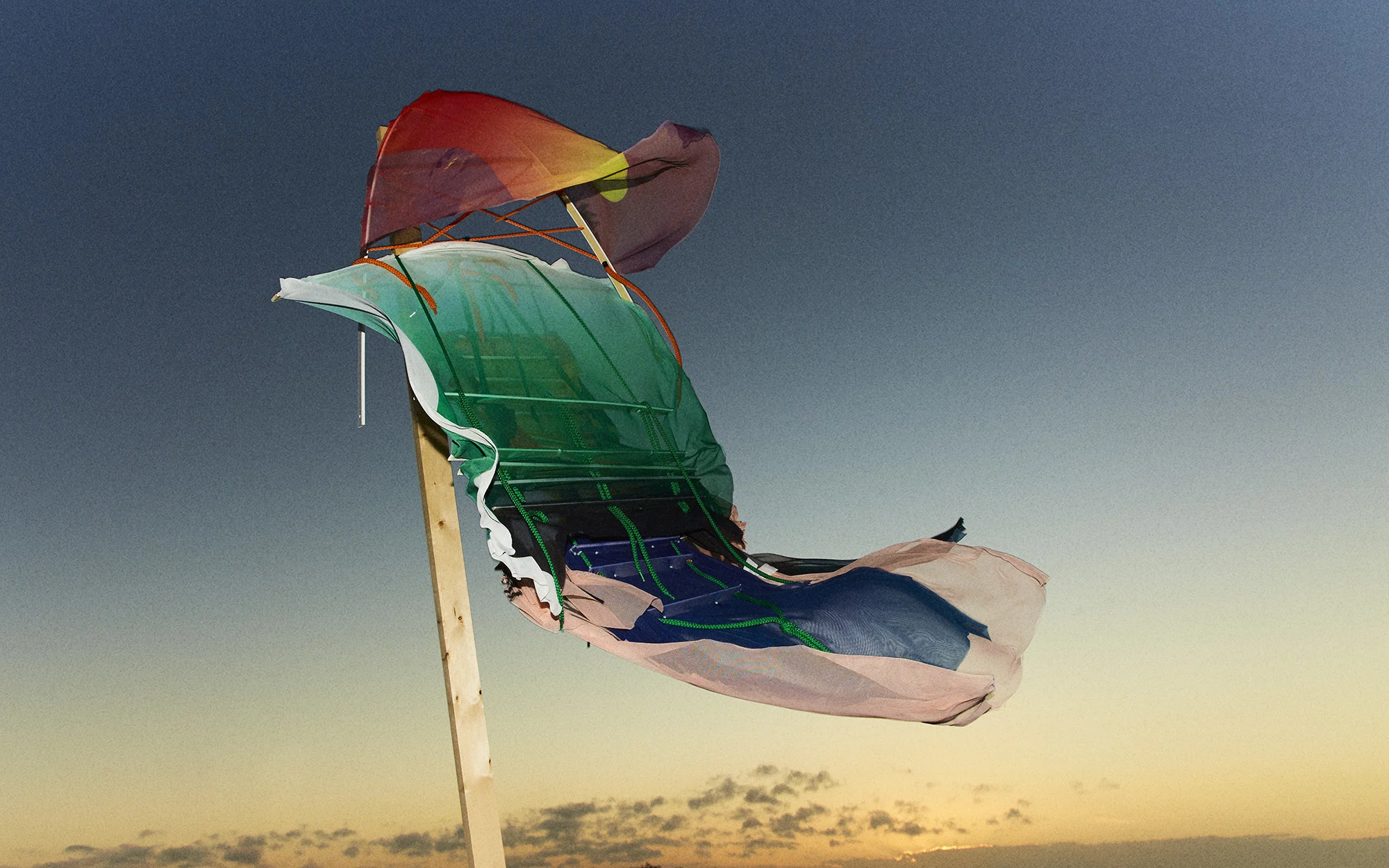
If you only have one fabric, what can you do to it to make it feel special?
Craig had devised the idea in an attempt to actually emulate the way a drawing he’d made looked after he’d scribbled it out. Less cynical commentators spotted a talent for bringing something unexpected into the world of the fashion show, a towering achievement given that fashion is always trying to wrong-foot expectations with everyone therefore anticipating the ways in which they might be wrong-footed.
Whatever had happened here was informed as much by the sensibilities of sculpture and art as it was by the fixed tramlines of fashion orthodoxy. “I think knowing too much is dangerous, sometimes,” he says, “because it can be very stunting, especially creatively. I think that everything being new and not having preconceptions of fashion and dreaming a bit from a young age kind of allowed me, at that stage, to come from a different place or take a different approach to everything I was doing, because I didn’t know any other way.”
Looking back, Craig sees the Fischli & Weiss exhibition as a direct inspiration and one that complemented his long-standing interest in setting up very specific constraints, a sort of self-imposed puzzle as a means of evading the tyranny of the blank page. “If you only have one fabric, what can you do to it in terms of ideas and craft to kind of make it feel special? To make it feel worthy to show. I think that was there from the beginning.” His current process contains many such carefully-designed constrictions. “Each set of shows is a three,” he says, “and then it’s time to change at the end of that three. I don’t know why because no one cares that it’s a three. It’s just a way of trying to organise it in my head.”

I just like the idea that something could be equally as interesting destroyed as it is when it’s made very perfectly.
Before our interview Craig shared the names of some artists that he admires from, or occasionally adjacent to, the world of sculpture. First on the list is Pablo Picasso, though he is sheepish when it comes up. “Picasso’s quite a GCSE level of artist to like,” he says. “I don’t think many people would pick him as a favorite artist, but there are so many aspects to his work.” He recalls visiting the Picasso Museum in Barcelona while still at school. “They had all his early works from being a teenager, which was photographic portraiture, photographically-real paintings of people. And I love the idea that the way he worked was he understood how to do things perfectly the way that they were, and only then could he understand how to disrupt them.
Next on the list is Rachel Whiteread, the Turner-winning creator of casts that manifest as spectral inversions of everyday spaces: staircases, sheds or, as per her controversial 1993 installation House, entire family homes. “I just love the simplicity and complexity of the idea that her work is based on, which I think is about empty space and volume and things that aren’t really there. And that idea of process that she always puts into her work has definitely influenced different aspects of what I do.”
Craig’s work is filled with “simplicity and complexity.” It’s packed with all kinds of opposition. He seems drawn to paradoxes. “When we develop a collection there’s always a fight between pure fantasy and then really, really functional, approachable things. Sometimes the collections go to one extreme or the other, but I think it’s important to kind of try and have both because one makes the other more valid or something.” His knack is to be able resolve these things to the point where they seem no big deal. He’s a menswear designer, strictly speaking, yet women have been a regular feature of his shows, and everyone wears his stuff.
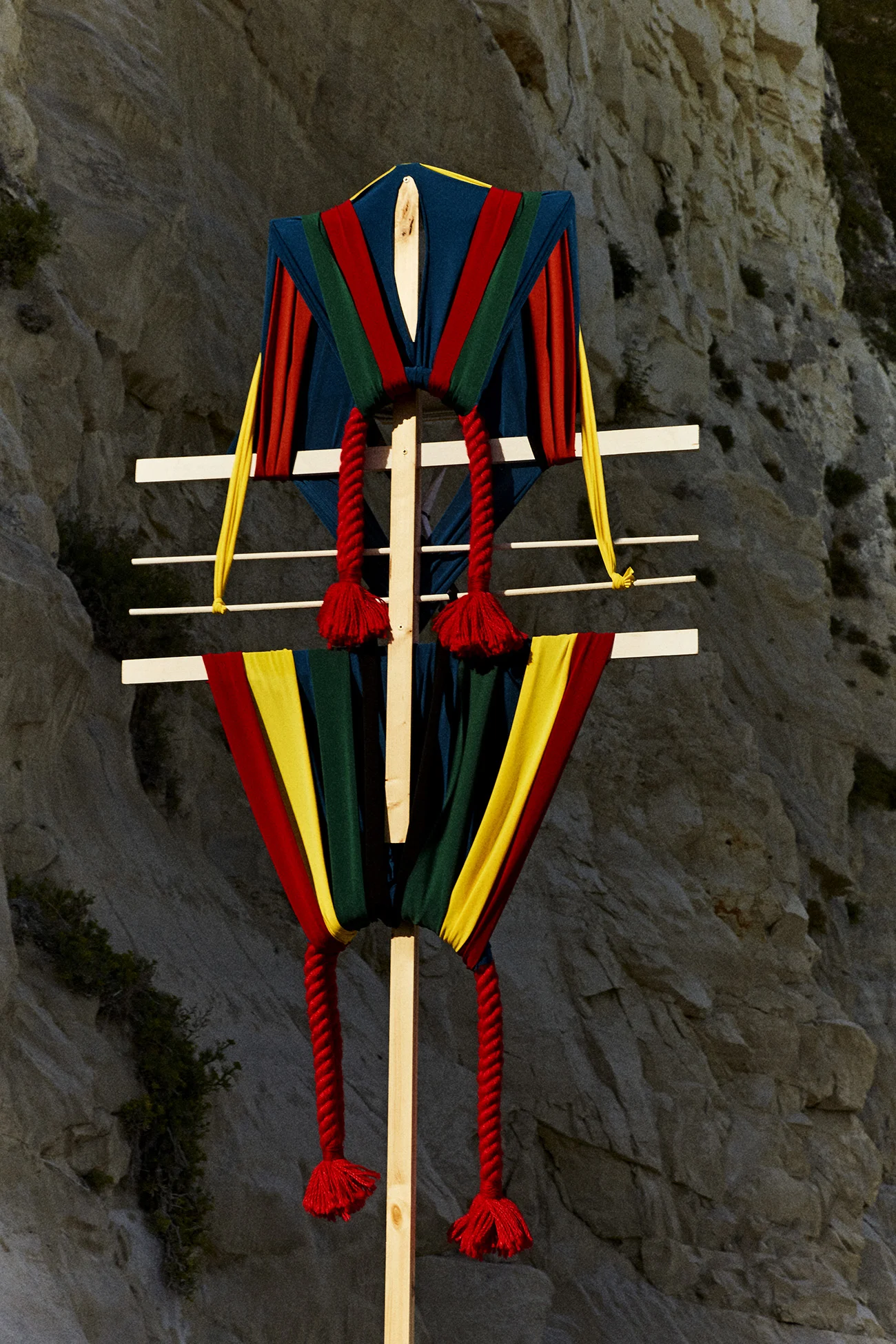
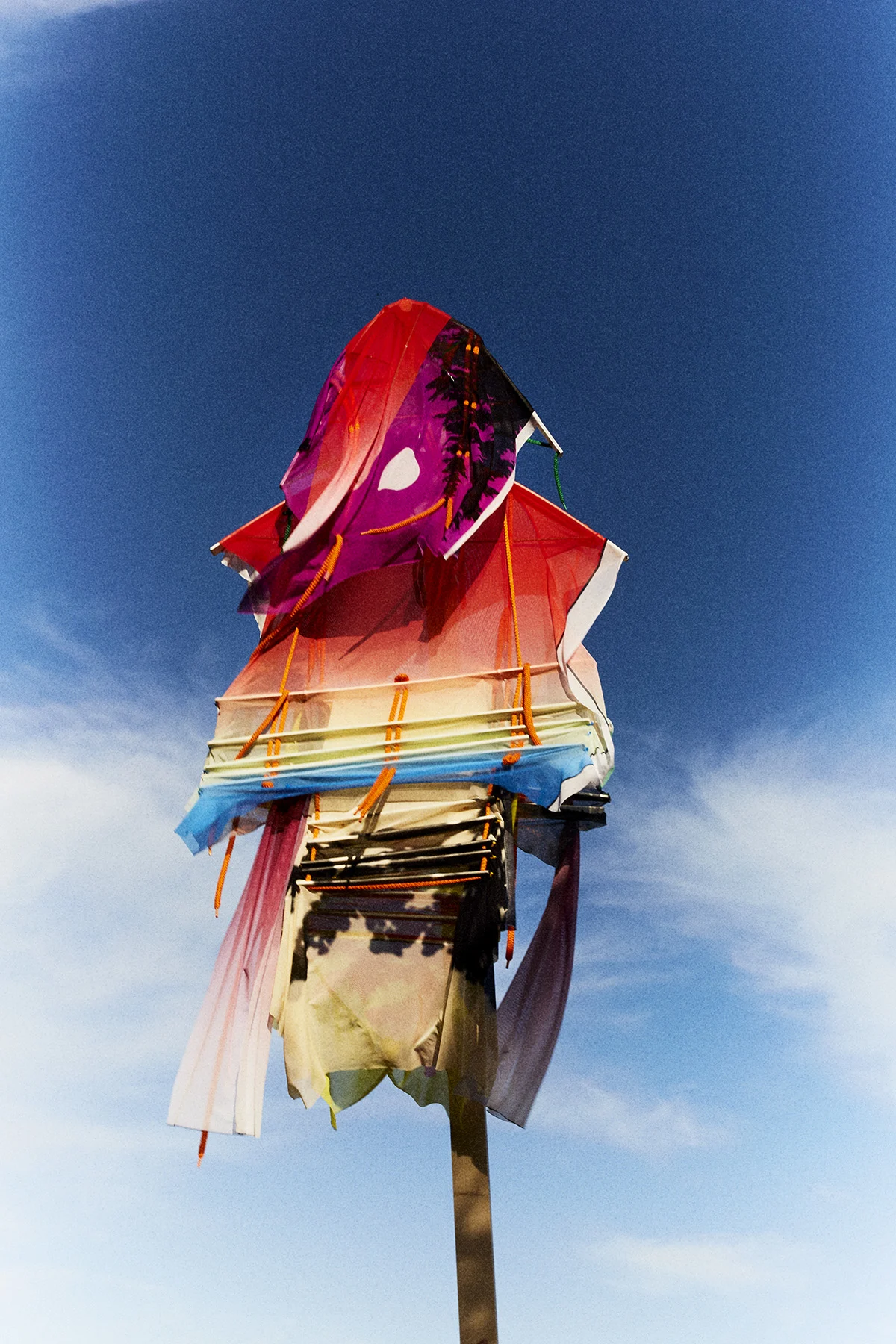
Also in Craig’s inventory of influence are the Bauhaus, the painter Jenny Savile (“sometimes the scariest thing you can think of is something that already exists rather than a ghost story,” he says, considering her work) and Alexander Calder, the American sculptor who invented the wire sculpture and mobile. “I think you can see a Calder influence sometimes in — I don’t know — say, the Moncler moving kite film,” he says. “I guess they were quite Calder-esque. Like, the delicacy in the movement and the suspended aspect of them. They’re also influenced by weather vanes.”
To explain, Craig has produced collections for other labels including the Italian brand Moncler under the Moncler Genius umbrella. The films he is referring to portray a series of oddly cantilevered and certainly Calderesque machines, created in collaboration with creative duo Isabel Gibson and Helen Chesner, coated with panels of material reminiscent of both kites and tents. These “wearable habitats” were part of a 2019 capsule collection.
Another frequent collaborator is the set designer David Curtis-Ring. One project they realised together was a series of latex windmills for the campaign surrounding Craig’s collection for Autumn/Winter 2018. Another involved meticulously crafted “talismanic” clothes sculptures which they burned in scenes deliberately reminiscent of the 1973 horror movie The Wicker Man. Craig, who designed the meticulously-quilted tactical vests worn by the space explorers in Alien: Covenant, is an avid moviegoer. “I used to go three times a week on my own. I always felt it was like going to therapy or something because it was the only time in waking life that you don’t look at your phone for two hours.” The Wicker Man, he says, is in fact the most omnipresent of all his inspirations. “You want to see it across everything, I think, in some kind of strange way. There's always that pagan, medieval kind of feeling. And I just like the idea that something could be equally as interesting destroyed as it is when it’s made very perfectly, because we painstakingly made those things, trying to balance them and make them symmetrical for weeks. Then to burn it was like a weird release.”
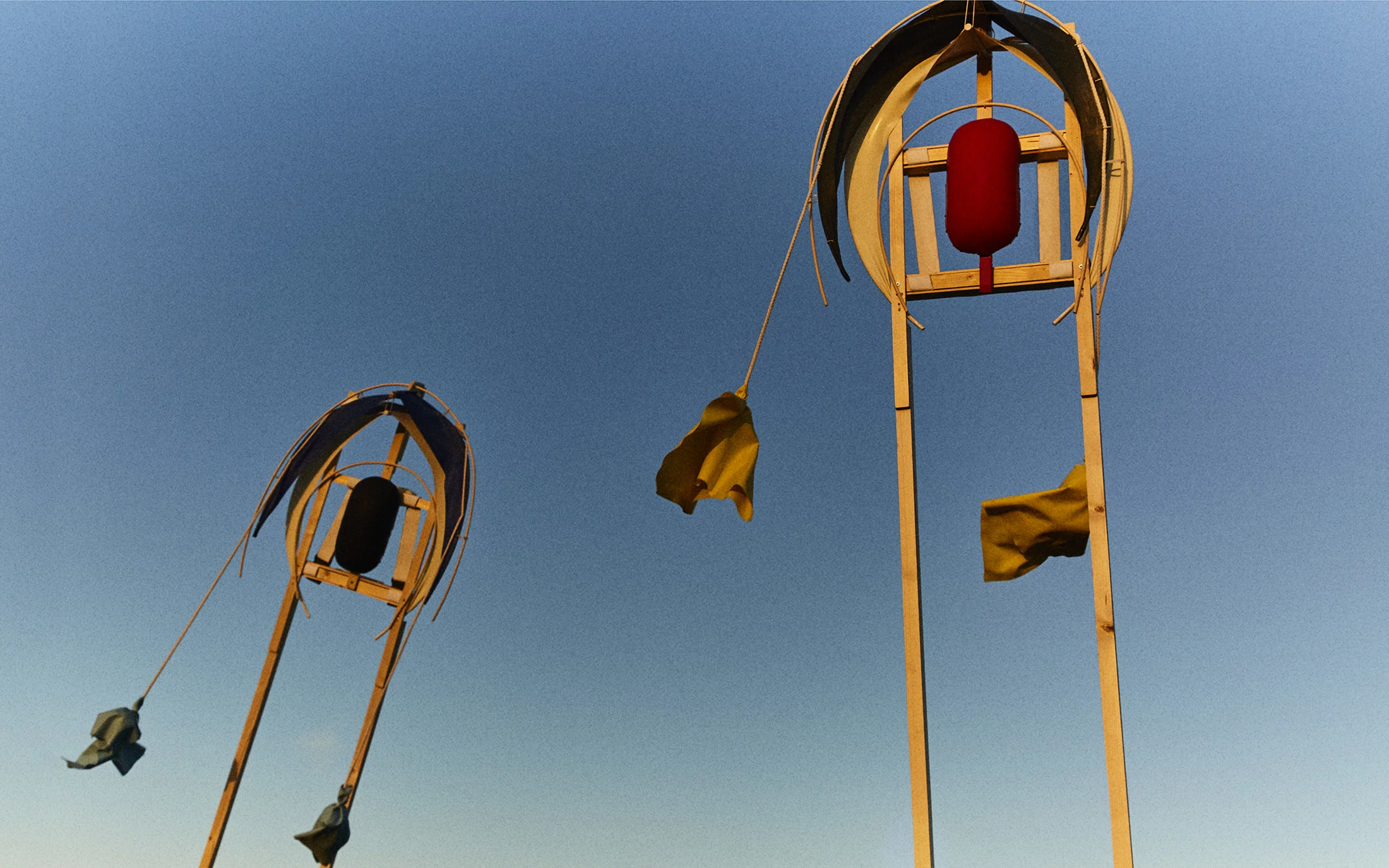
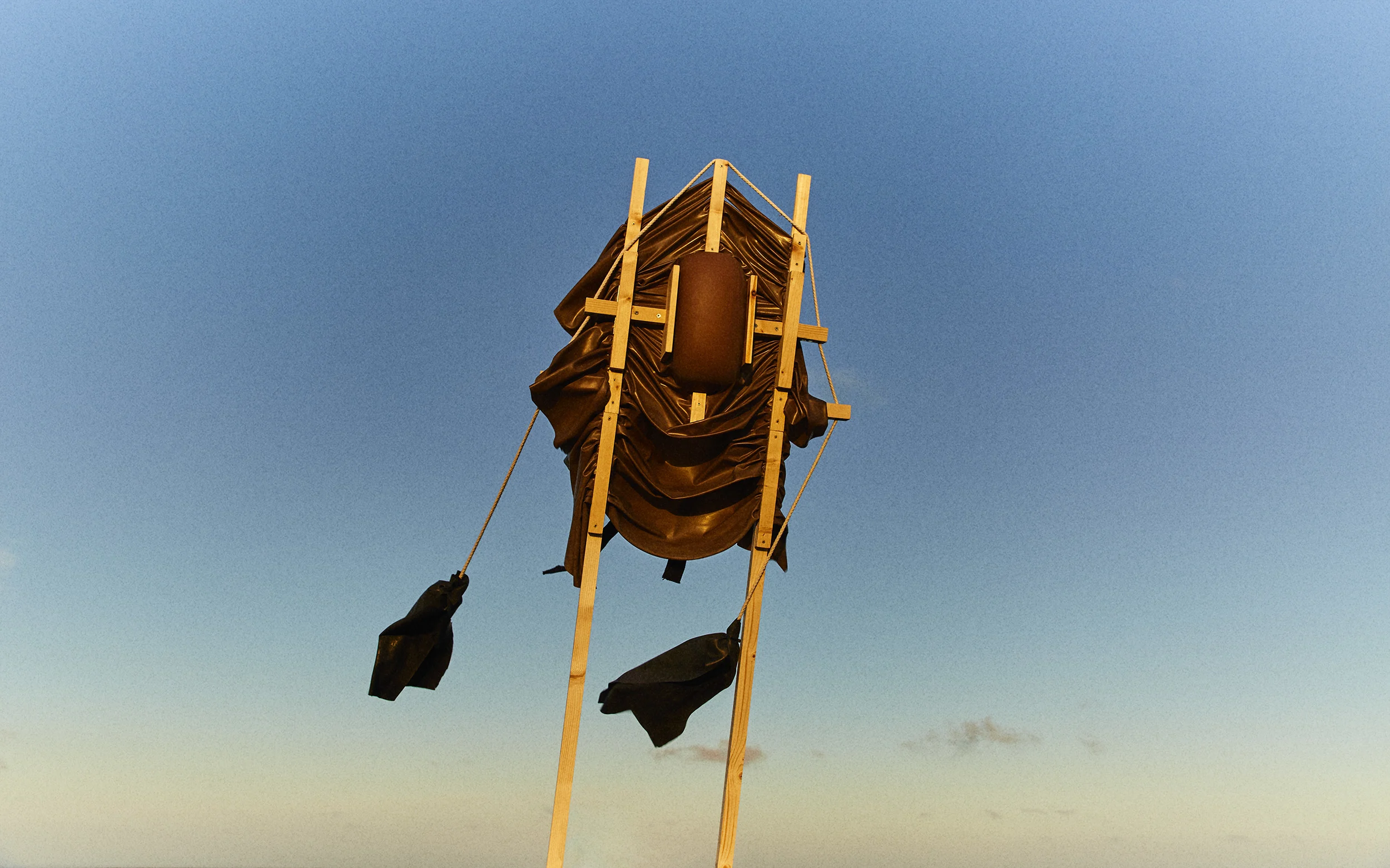

Like the rest of us, Craig is having an unusual year. When we speak he is at home in north London but he has been spending much of his time in the studio. His second collaborative project with Adidas launched recently. “I was always excited to work on footwear because I do think that there’s a link to sculpture,” he says. “There are materials that you can use in footwear that don’t make sense in clothing. I like the scale. It goes to that restriction thing, again. The human foot isn’t really changing anytime soon.” For the launch he devised a series of frog-like sculptures formed out of deconstructed sneakers. They weren’t based on just any old frog. “We were looking at those transparent Amazonian frogs, where you can see their inner workings,” he says.
Asked if in the – distant – future he sees himself giving it all up to become an artist, he demurs. If he reinvented himself it wouldn’t be out of a desire to do something that was all expression, no function. “I’ve always been like, ‘Oh, maybe one day I’ll just go and be a furniture maker and live on my own or something. Maybe I’ll just be a ceramicist or a gardener.’ Ceramics has always interested me in that way because, not always but often, you’re making something functional. You’re making something that can last forever which is maybe not always the case in fashion.” It’s that opposition again: the fantastical as being most interesting when tethered, even delicately, to practicality. “I’ve always kind of shied away from the word ‘sculpture,” he says, as our interview wraps up. “I know I like sculpture, but I think it always comes from a place of liking to make things.”
To gently misuse a Picasso quote: “Art is the elimination of the unnecessary.”

